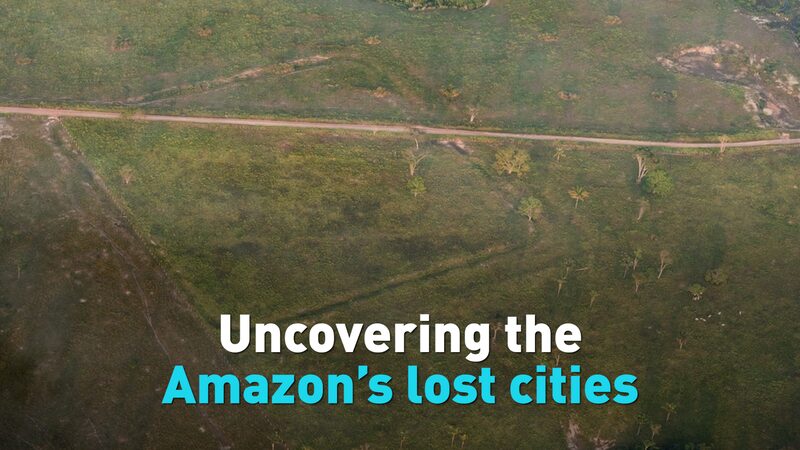Deep within the dense canopy of the Amazon rainforest, secrets of ancient civilizations are coming to light. For millennia, Indigenous societies thrived in these vast jungles, their stories woven into the very fabric of the forest. Now, thanks to cutting-edge technology, scientists are uncovering the remarkable legacy they left behind.
Using Lidar—light detection and ranging—a remote sensing method that uses lasers to map surfaces, researchers have been able to peer beneath the thick vegetation that has long obscured the Amazon’s hidden past. The technology has revealed extensive urban settlements, sophisticated agricultural practices, and intricate road networks, suggesting that the rainforest was once home to bustling cities.
These discoveries challenge previous notions that the Amazon was a pristine wilderness untouched by humans. Instead, they paint a picture of societies that not only adapted to their environment but actively shaped it in sustainable ways. The ancient inhabitants managed the land through practices like agroforestry and controlled burns, techniques that maintained the health of the forest and increased biodiversity.
Intriguingly, these sustainable methods are offering valuable insights for today’s efforts to preserve the Amazon and combat climate change. By learning from the strategies of these ancient civilizations, modern communities can develop practices that balance human needs with environmental stewardship.
“This is a groundbreaking discovery,” says Lucrecia Franco, a journalist reporting on the findings. “It shows us that the Amazon is not just a natural wonder but also a cultural treasure, holding lessons from the past that can guide our future.”
As scientists continue to explore these lost cities, the world gains a deeper appreciation for the ingenuity of Indigenous peoples and the profound connections between humans and nature.
Reference(s):
cgtn.com








